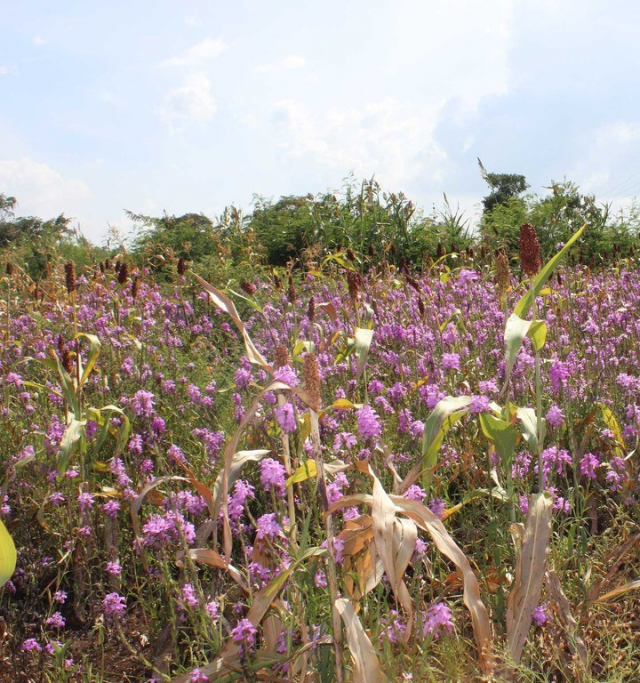Feb 11, 2020
Local genetic adaption helps sorghum crop hide from witchweed
Sorghum crops in areas where the agricultural parasite striga, also known as witchweed, is common are more likely to have genetic adaptations to help them resist the parasite, according to new research led by Penn State scientists.
